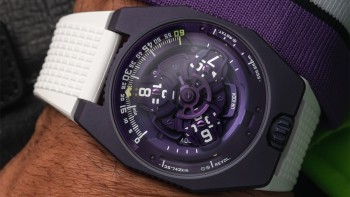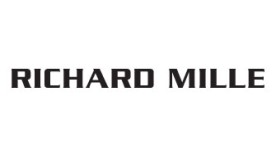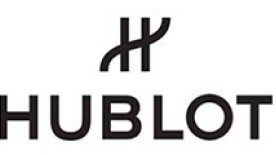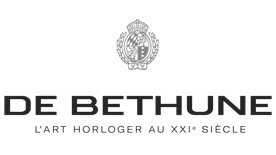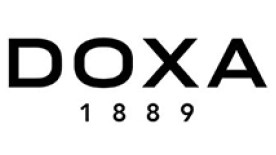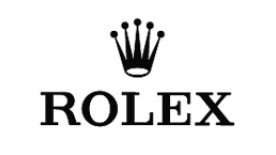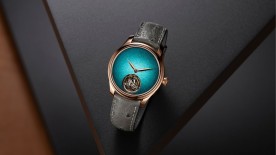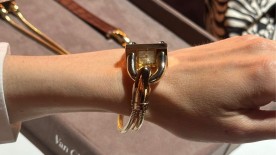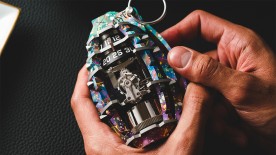For some time now, color has been making a strong presence in watchmaking, not only on the dials but also on the cases. We are talking about yellow, red, orange, green, turquoise blue, pink, purple, and even the most surprising, terracotta. It was Richard Mille who had the idea to present a bronzed watch…
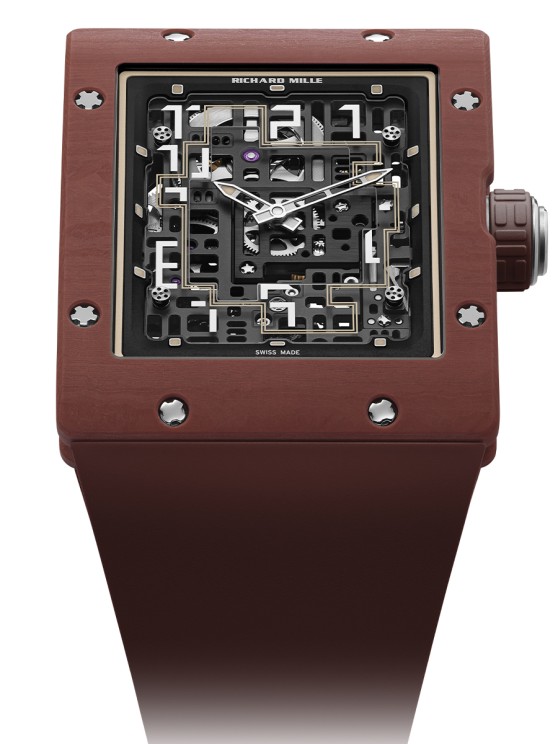
The boldest of watchmakers has indeed reinterpreted his rectangular RM16-02 extra-flat automatic in Quartz TPT with this new and summery hue. This bold innovation results from layers of silica impregnated with pigmented resin and exposed to a temperature of 120°C. Another divisive brand, Urwerk, has opted for violet for the titanium case of the aptly named UR-100V UltraViolet, straight out of a superhero's wild imagination, featuring satellite hours and retrograde minutes displayed under a glass dome.
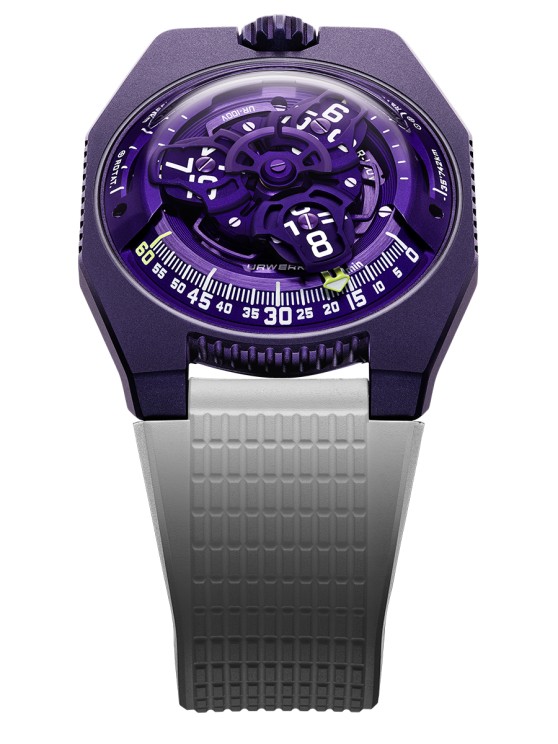
De Bethune introduced titanium – yellow – for their DB28 Yellow Tones. This style effect evokes the color of the Sun, shimmering, created by the heating of the metal, which triggers a chemical reaction. The material oxidizes, its properties change, its surface transforms, and the yellow magically appears, much to the delight of the eyes.
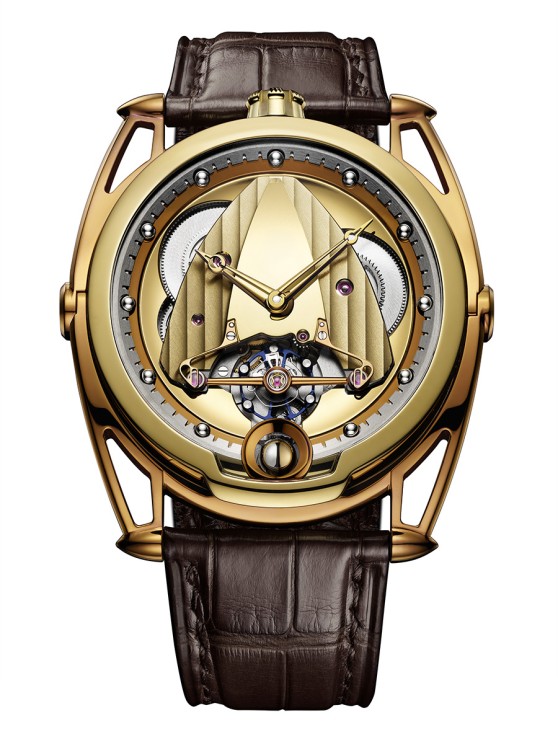
Ceramics or Nothing
Popularized in watchmaking in the late 1980s by Rado (with Omega and IWC reportedly conducting the first experiments in the early 1980's), ceramic is made through a complex manufacturing process. Watchmakers use extremely pure and finely calibrated powders of aluminum oxide, zirconium oxide, and silicon nitride, shaping and firing them under strict conditions.
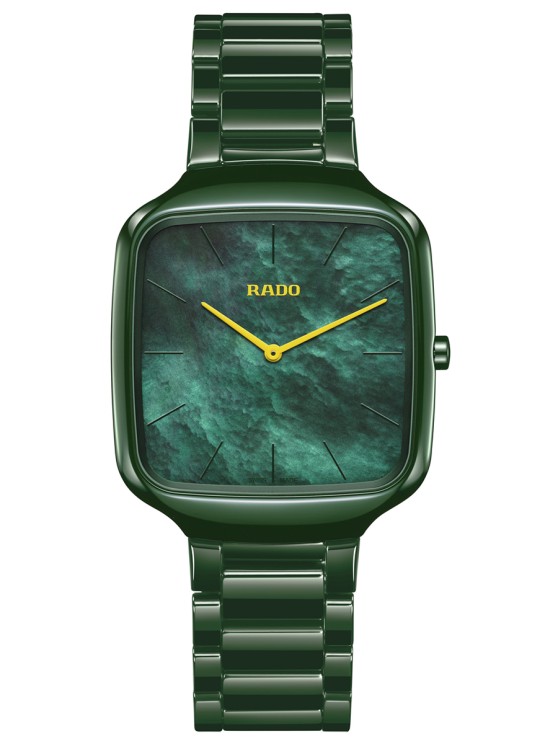
Black, white, ceramic can be crafted in a large array of colors, whether pastel or vivid. We see gray, beige, yellow, navy blue, sky blue, brown, pink, and even green, as seen in Rado’s new True Square Thinline, or bright red in Hublot’s Big Bang Unico Red Magic chronograph.
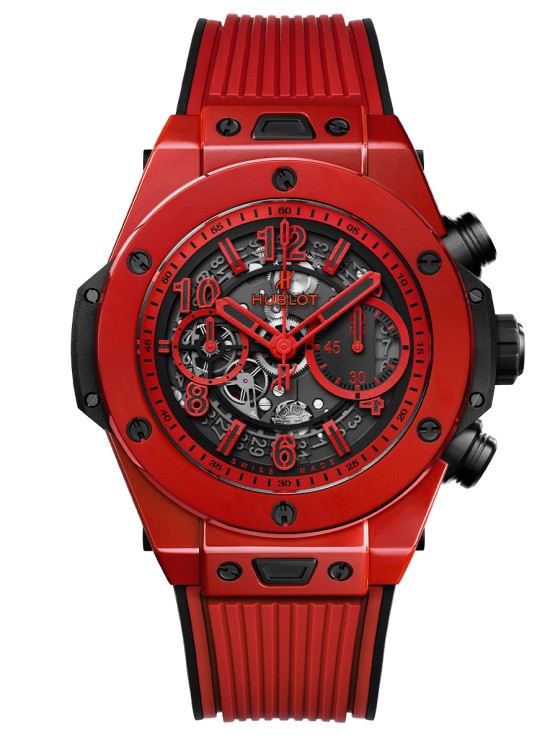
Dials in Color Mode
Known for its orange dials, Doxa began its underwater adventure in the 1960s when diving became increasingly popular, with more and more enthusiasts. This explains why they developed an affordable, reliable dive watch, the 300, which was the first to be waterproof up to a depth of 30 meters. But that’s not all – it also featured an orange dial, visible in underwater darkness.
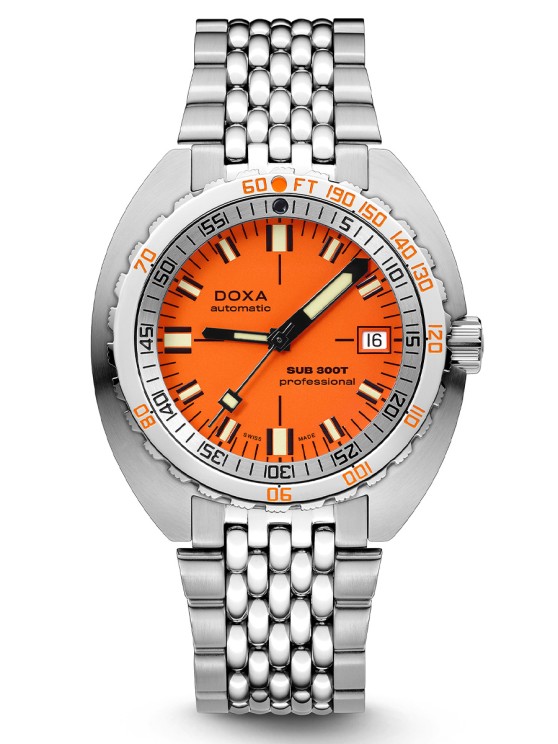
Other notable and recognizable colored dials include Rolex’s steel-blue dial, exclusive to platinum models.
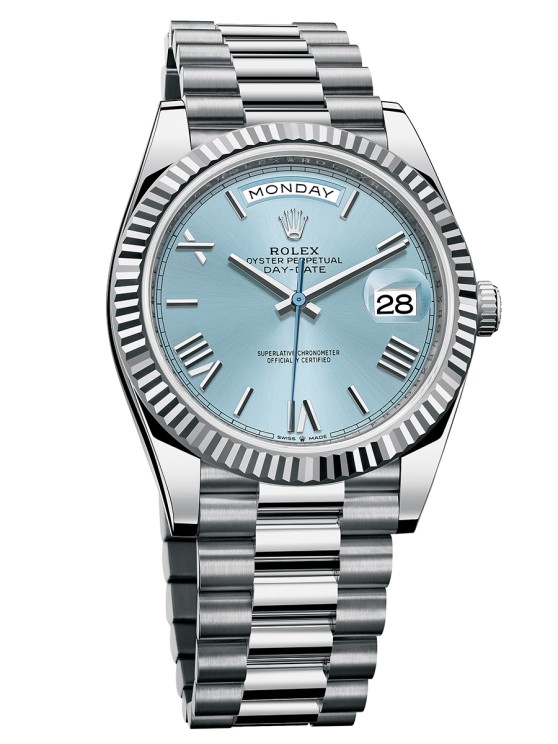
There’s also Tudor’s pink dial, featured on the Black Bay chronograph inspired by brand ambassador David Beckham. The football star chose pink for the jerseys of his team, Inter Miami CF.
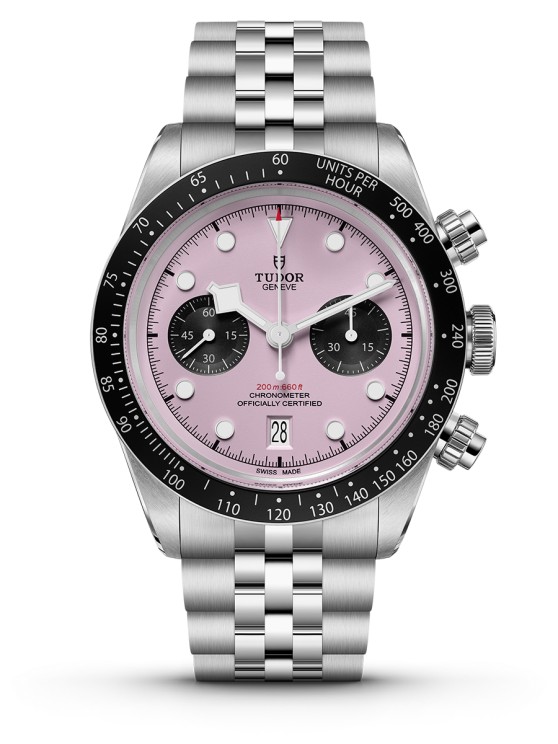
Color is a strong trend in watchmaking that should be closely followed, and it is expected to be confirmed at the Watches and Wonders fair…
